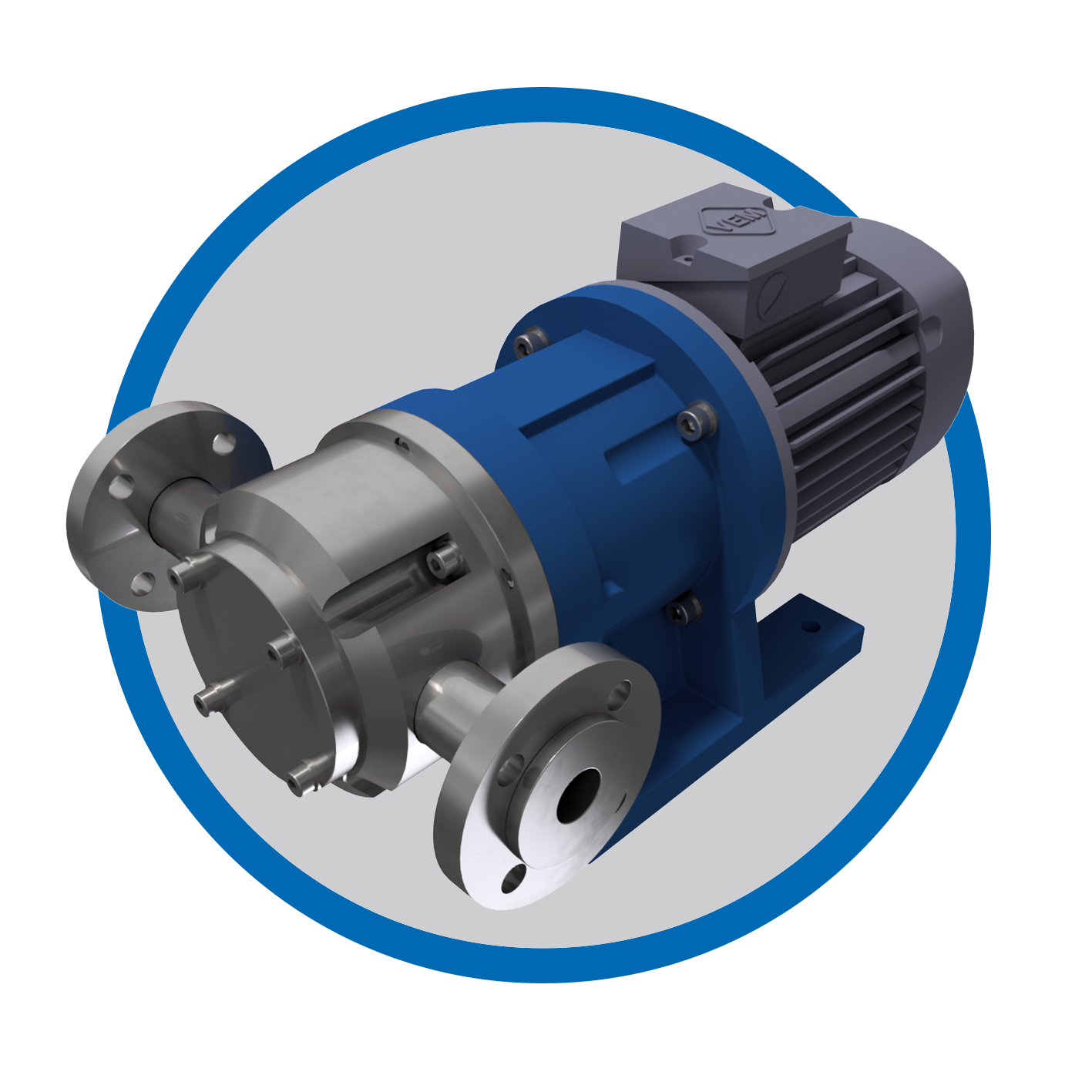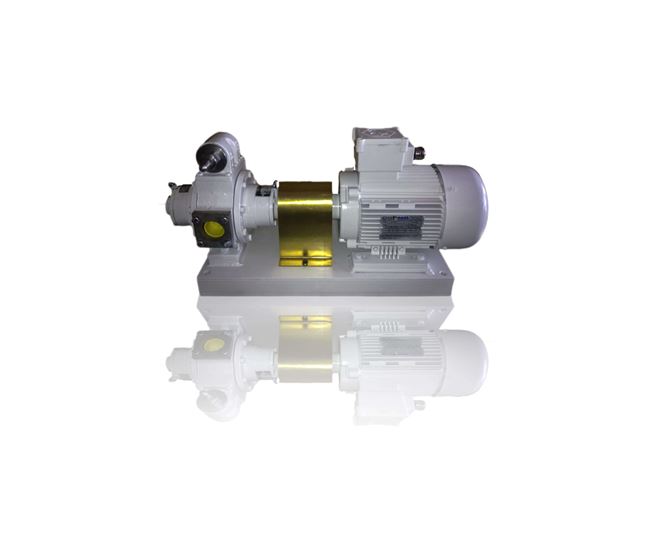Product Description
1/4 HP rotary vane vacuum pump for refrigeration
Product characteristics:
1: Double stage and high speed directly connected structure.
2: Small size,light weight,low noise,easy to start,stable operation.
3: Equipped with specially designed air ballast valve to prevent water mixing with oil pump and prolong pump working time.
4: The pump can be used as a suction pump alone, also can be used as a backing pump for booster pump, diffusion pump and molecular pump,also can be used as maintenance pump or forepump in the system.
5: It is widely used in the electric vacuum device manufacturing industry, refrigeration industry, medical analysis device industry, solar energy industry, electric light source industry, vacuum CHINAMFG industry and scientific research unit.
Pump specifications:
| Model |
Ultimate pressure (Pa) |
Pumping speed (L/S) |
Inlet Diam (mm) |
Motor Power(KW) |
Net Weight (Kg) |
| 2XZ-0.25 | 6×10-1 | 0.25 | Ø10 | 0.12 | 15 |
| 2XZ-0.5 | 6×10-2 | 0.5 | Ø16 | 0.18 | 18 |
| 2XZ-1 | 6×10-2 | 1 | Ø16 | 0.25 | 19 |
| 2XZ-2 | 6×10-2 | 2 | Ø25 | 0.37 | 27 |
| 2XZ-4 | 6×10-2 | 4 | Ø25 | 0.55 | 30 |
Applications:
It is widely used in the electric vacuum device manufacturing industry, refrigeration industry, medical analysis device industry, solar energy industry, electric light source industry, vacuum CHINAMFG industry and scientific research unit.
Product display:
Company ovweview:
FAQ:
1.Q:Are you a manufacturer or trading company?
A: We are a professional vacuum pump manufacturer with over 32 year experience. We have 2 factories now which cover more than 33333 square meters,we have rich experience in CHINAMFG liquid industry , Welcome to visit our factory at your time.
2.Q:Do you have minimum order quantity request?
A: for spare parts we have no MOQ,but for whole set equipment of course 1 set is the minimum.
3.Q:Do you have certificates?
A: Yes, we have CE, ISO,SGS.etc. certificates.
5.Q:How to pay?
A:T/T and Alibaba Payment is acceptable.
6.Q:How to pack the products?
A: We use standard export package. If you have special package requirements, we will pack as you required, but the fees will be paid by customers.
7.Q: What about your delivery time?
A: It depends on your pump quantity. Generally 15 days after we receive the prepayment. We will confirm you again when we start to produce.
8.Q:How to install after the equipment arriving destination?
A: We will sent the operating instruction with goods to you.Please strictly follow the instructions for installation
9.Q: How long does your product quality warranty last?
A: 12 months for all our products against any non-artificial quality problem since the product leave our factory.
10.Q: What will you do with quality complaint?
A: We have a complete set of microcomputer controlled testing system(All products are subject to tested before delivery. No product that failed performance test leaves our factory.
/* January 22, 2571 19:08:37 */!function(){function s(e,r){var a,o={};try{e&&e.split(“,”).forEach(function(e,t){e&&(a=e.match(/(.*?):(.*)$/))&&1
| Acting Form: | Double-Acting |
|---|---|
| Type: | Vane Pump |
| Displacement: | Variable Pump |
| Performance: | Health |
| Certification: | CE, ISO |
| Power: | 0.18kw |
| Customization: |
Available
|
|
|---|

How Does the Cost of Rotary Vane Pumps Compare to Other Types?
The cost of rotary vane pumps can vary depending on factors such as pump size, design, construction materials, manufacturer, and specific application requirements. Here’s a detailed explanation of how the cost of rotary vane pumps compares to other types:
– Initial Cost: In terms of initial purchase cost, rotary vane pumps are generally considered to be more affordable compared to certain high-end pump technologies such as centrifugal pumps or positive displacement pumps with specialized designs. Rotary vane pumps are available in a wide range of sizes and configurations, allowing for cost-effective options that suit various application needs.
– Maintenance and Operating Costs: When considering the total cost of ownership, including maintenance and operating expenses, rotary vane pumps typically offer advantages. These pumps are known for their simple design, which often translates into lower maintenance requirements and costs. They generally have fewer components and straightforward maintenance procedures, making them relatively easy to service and repair. Additionally, rotary vane pumps are often energy-efficient, contributing to lower operating costs over the pump’s lifespan.
– Efficiency and Energy Consumption: Rotary vane pumps generally have lower energy consumption compared to certain other pump types, such as older reciprocating pumps or some types of diaphragm pumps. The efficient design and operation of rotary vane pumps can result in reduced energy costs, especially when coupled with appropriate motor selection and control strategies.
– Longevity and Durability: Rotary vane pumps are known for their durability and longevity, which can contribute to cost savings over time. With proper maintenance, these pumps can provide reliable performance for extended periods, reducing the need for frequent replacements. The robust construction and use of high-quality materials in rotary vane pumps enhance their resistance to wear and tear, extending their operational lifespan.
– Application-Specific Costs: The suitability and cost-effectiveness of rotary vane pumps compared to other types can vary depending on the specific application requirements. While rotary vane pumps are versatile and widely used, there may be cases where other pump technologies, such as centrifugal pumps for high-flow applications or specialized positive displacement pumps for specific fluids, offer better performance or cost advantages. It’s essential to evaluate the specific needs of the application and consider factors such as flow rate, pressure requirements, chemical compatibility, and system efficiency when comparing costs.
It’s important to note that the cost comparison between rotary vane pumps and other pump types is not universal and can vary significantly based on factors mentioned earlier. Additionally, market conditions, availability, and specific manufacturer pricing policies can influence the cost differentials between pump types.
When selecting a pump, it is advisable to consult with pump manufacturers, distributors, or industry experts to assess the overall costs and benefits associated with different pump types. They can provide insights into the upfront costs, maintenance requirements, energy efficiency, and long-term value of various pump options, helping to determine the most cost-effective solution for a specific application.
In summary, while rotary vane pumps generally offer competitive initial costs, lower maintenance and operating expenses, and good durability, the cost comparison with other pump types depends on multiple factors and the specific application requirements.

Can Rotary Vane Pumps Create a Deep Vacuum?
Rotary vane pumps are capable of creating a vacuum, but the depth of the vacuum they can achieve is limited compared to other types of vacuum pumps. Here’s a detailed explanation:
Rotary vane pumps utilize a positive displacement mechanism to create a vacuum. As the rotor rotates, the vanes slide in and out of the rotor slots, creating expanding and contracting chambers. This action allows the pump to draw in gas or fluid from the inlet port and then expel it through the outlet port.
While rotary vane pumps can achieve relatively high vacuum levels, they are not typically designed to create extremely deep vacuums. The ultimate vacuum level that a rotary vane pump can achieve depends on several factors, including the specific pump design, the quality of the sealing surfaces, the lubrication system, and the operating conditions.
In general, rotary vane pumps can achieve vacuum levels in the range of a few millibars (thousandths of atmospheric pressure) or slightly lower. However, they may struggle to reach the ultra-high vacuum levels required in certain applications, such as semiconductor manufacturing or scientific research.
For applications that demand deeper vacuums, other types of pumps, such as turbomolecular pumps or cryogenic pumps, are typically employed. These pumps are specifically designed to operate in the high-vacuum or ultra-high-vacuum range and can achieve significantly lower pressures than rotary vane pumps.
It’s important to consider the specific requirements of your application when selecting a vacuum pump. If you need to create a deep vacuum, you may need to explore alternative pump technologies that are better suited to achieve the desired vacuum level.
In summary, while rotary vane pumps can create a vacuum, their capability to achieve deep vacuums is limited compared to specialized high-vacuum pumps. The ultimate vacuum level achievable with a rotary vane pump depends on various factors, and if ultra-high vacuum levels are required, alternative pump technologies should be considered.


editor by Dream 2024-05-09
Leave a Reply